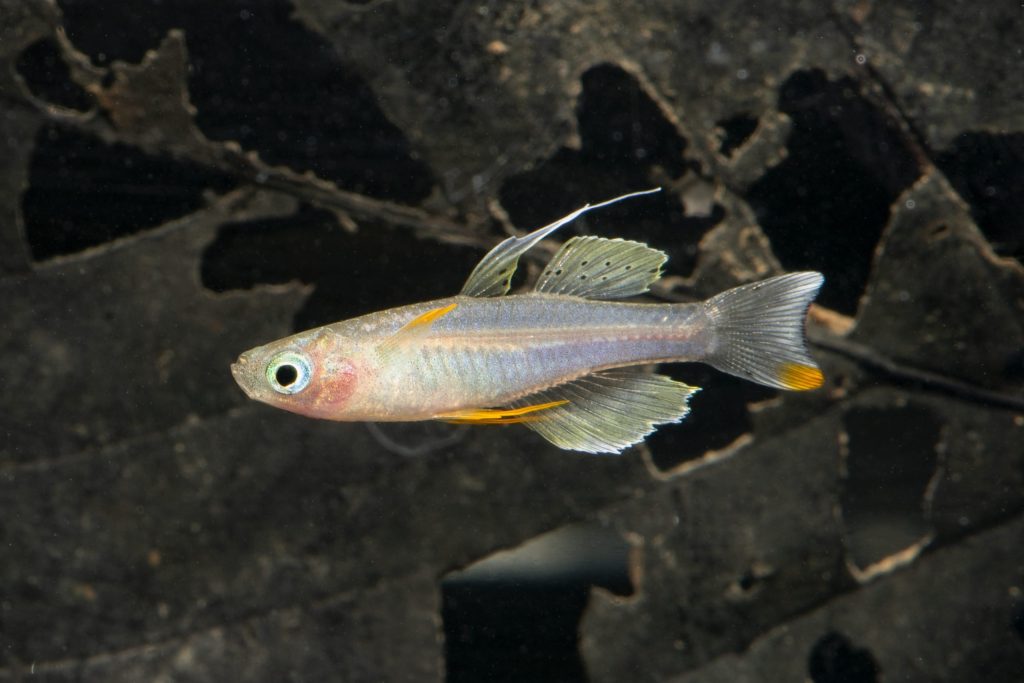
environmental sustainability
Papua New Guinea is blessed with natural resources and we are in a stewardship position, charged with preserving and promoting a healthy, biodiverse environment.
One of our major continuing concerns is the environmental effects of our operations. Ok Tedi has a comprehensive environmental management program designed to monitor, minimise, mitigate and remediate any damage that we create.
Ok Tedi recognises the crucial role of thriving ecosystems in sustaining our communities and preserving the future of the mine.
Our Environment Team of environmental scientists and technicians works closely with the Community Relations and Government Relations teams, providing timely environmental data for stakeholder consultation and transparency.
Compliance
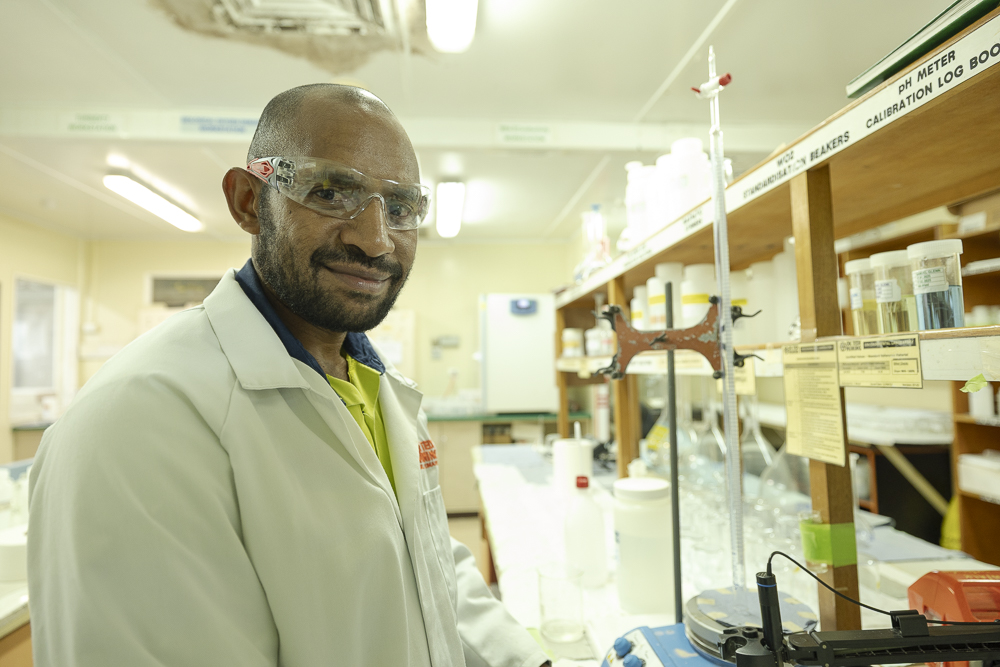
Ok Tedi’s mining operations are governed by extensive environmental legislation and regulations.
We undertake a comprehensive environmental monitoring program as governed and enforced under the Ok Tedi Environmental Act (OTEMA).
The Act requires Ok Tedi to undertake specific annual monitoring activities against six environmental values:
- the availability of normal aquatic resources such as fish and edible aquatic flora to meet normal community requirements;
- the assessment of water quality downstream of the operation in terms of potability;
- the safe edibility of these aquatic resources;
- the availability of normal terrestrial resources such as dry land on which to establish gardens, hunt and gather firewood, to meet normal community requirements;
- the safe edibility of these terrestrial resources such as crops, and natural forest resources included in the normal dietary intake of the local community; and
- water levels in the main Ok Tedi and Fly River channels for navigation by commercial and village craft.
Results from monitoring are reported to the Conservation & Environment Protection Authority (CEPA) on a quarterly and annual basis.
GHG Emissions & Greener Energy
Ok Tedi is pursuing carbon neutrality by 2050, aligned to Papua New Guinea’s goals under the Paris Agreement. Our energy transition vision will see investment in several critical projects aimed at reducing our carbon footprint over time.
Our haulage operations and thermal power generation are the sources of our diesel-related energy usage. The transition from diesel to natural gas is expected to result in:
46.7% less diesel, 10.6% less CO2 emissions
Hydropower currently represents more than 70% of all power generated by Ok Tedi, however investments in hydropower capacity over the next several years will see that grow, enabling electrification of our mobile fleet and haulage operations, and the decarbonisation of our power generation.
Ok Tedi will employ a carbon offset strategy to mitigate remaining operational emissions and compliment other activities in our decarbonisation strategy.
Leveraging our extensive project development experience, we will contribute to the national rural electrification goals as part of our transition to clean energy, ensuring a sustainable and resilient energy future for our mine, our communities, and the Western Province.
To learn more about how we power Ok Tedi Mining, see Power. To learn more about our plans to share our power with the nation and ‘Light up the West’ visit Nation Building.
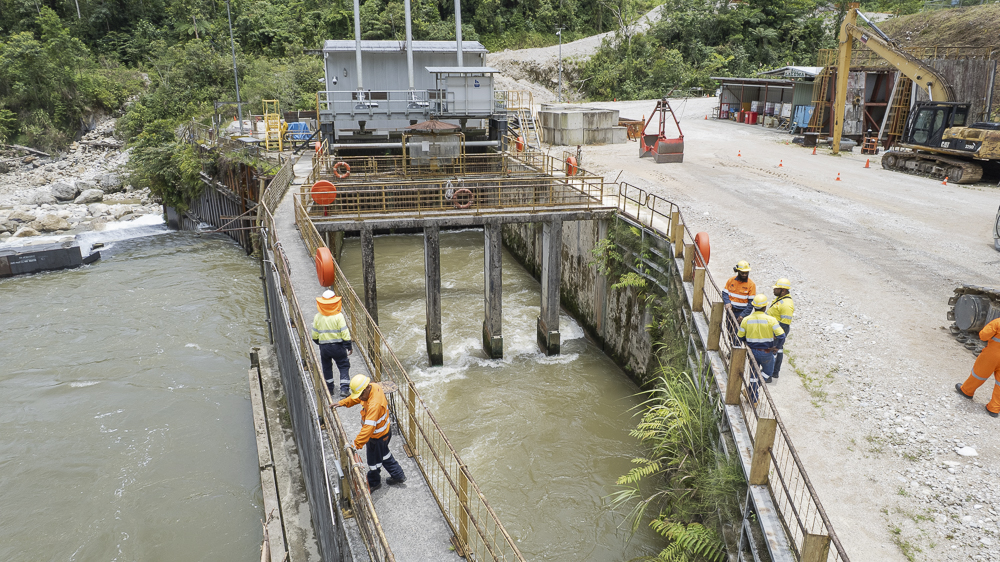
Land Rehabilitation
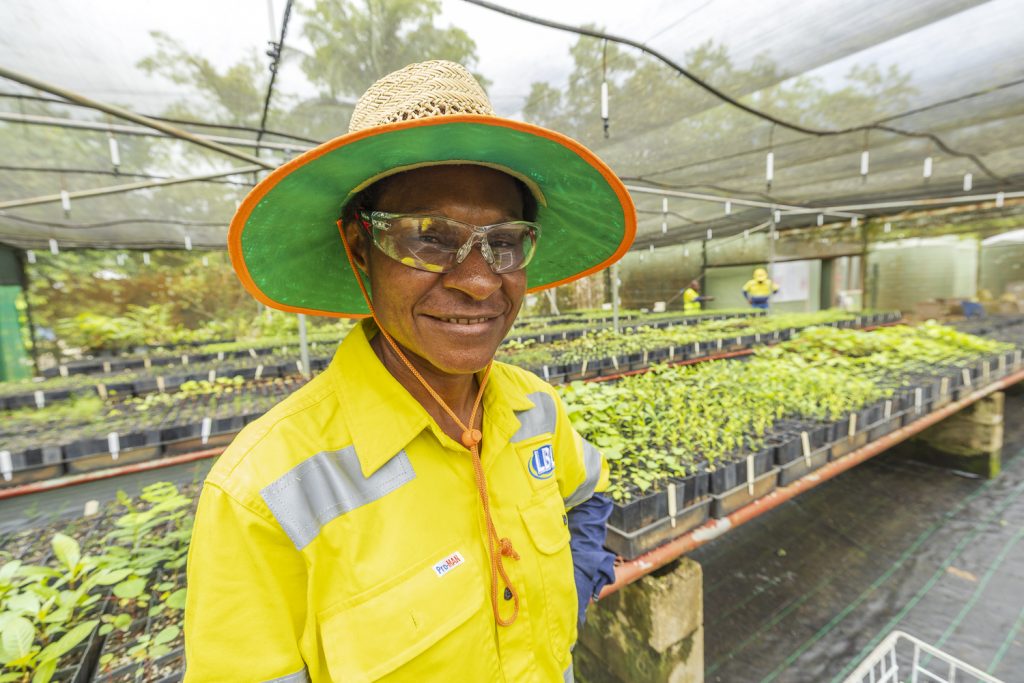
The Mine Closure Plan addresses how the Mt Fubilan operations and other affected areas, like Bige, will be rehabilitated based on the approved Life of Mine.
Ok Tedi’s rehabilitation plans have been carefully crafted with community consultation to ensure revegetated land will be self-sustaining and thrive through traditional use.
The Environmental Team maintains a large plant nursery and greenhouse of native vegetation, with emphasis on plants that provide food, medicine, building material and species important for ecosystem recovery.
While active revegetation efforts at Mt Fubilan are not possible while the mine is in active operation, work has already begun to rehabilitate sites at Bige.
We have now successfully revegetated over 300 hectares of dredged sand stockpiles, with additional annual targets being met each year.
OTML Rehabilitation Operations
Protecting the Fly River System
The Fly River is vital to Ok Tedi—not only does it enable our operations logistics and connect our products to global markets, but it also lies at the heart of the culture and livelihoods of the communities that surround and support us.
Ok Tedi undertakes key monitoring programs across the entire riverine system, including water quality, fauna and flora in the aquatic and terrestrial systems and the ongoing impacts of sediment from treated tailings and waste rock.
Monitoring is undertaken from Mount Fubilan, down the river systems to the Gulf of Papua, covering some 1,000 kilometres of downstream river.
Dissolved Copper Concentrations
We monitor dissolved copper concentrations in the rivers around Ok Tedi mine to ensure they are within safe levels.
Dissolved copper concentration levels continue to decrease as a result of lower ore grades, improved metal recovery at the processing plant, and the active removal of copper-bearing sulphides from tailings at the PCon separation plant.
To learn more about our Tailings Management, see Tailings Management.
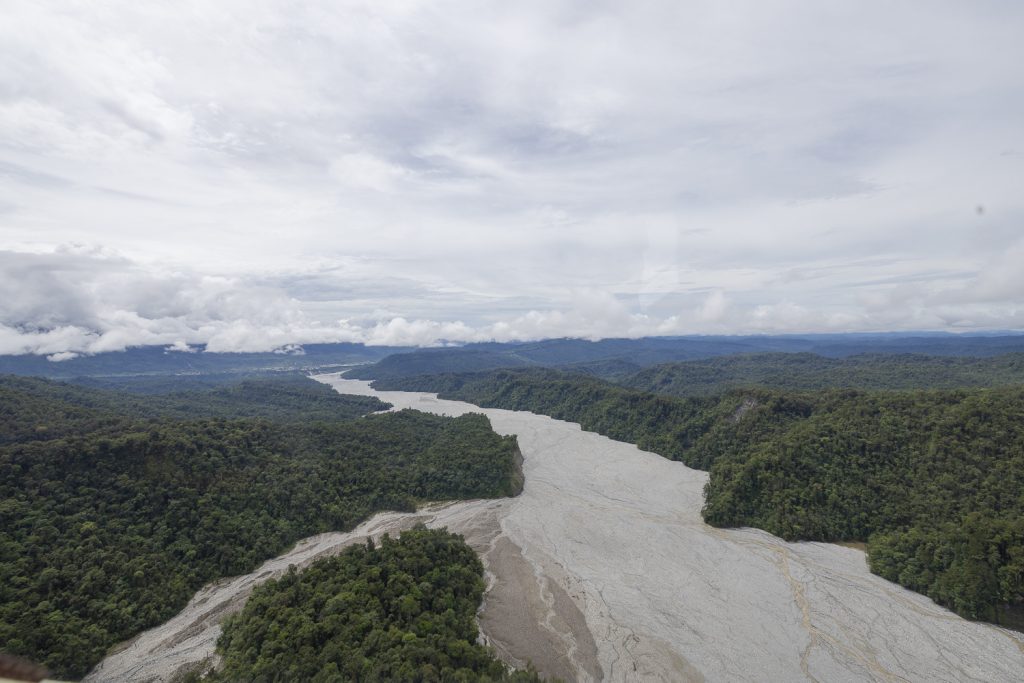
Fish Stock Biodiversity
Since 1983, Ok Tedi has monitored fish biomass, abundance and species diversity at three riverine sites (Kuambit, Bosset and Ogwa) to assess the change in fish catch over time.
Long-term fish catch data show declines in riverine fish with highly variable catches between monitoring sites and over time.
Declines at riverine sites can be attributed to mine impacts, to population increase and the associated fishing pressure from improved fishing technologies (outboard motor boats and use of larger mesh fishing nets), and to reoccurring El Nino drought conditions.
Minimal change in species abundance is shown at Fly-adjacent floodplain sites and five-year fish diversity studies continue to show strong populations of diverse species.
Findings imply an active movement of fish between the main river and associated floodplains and isolated lakes, providing refuge areas for species which may repopulate the main channel in time.
